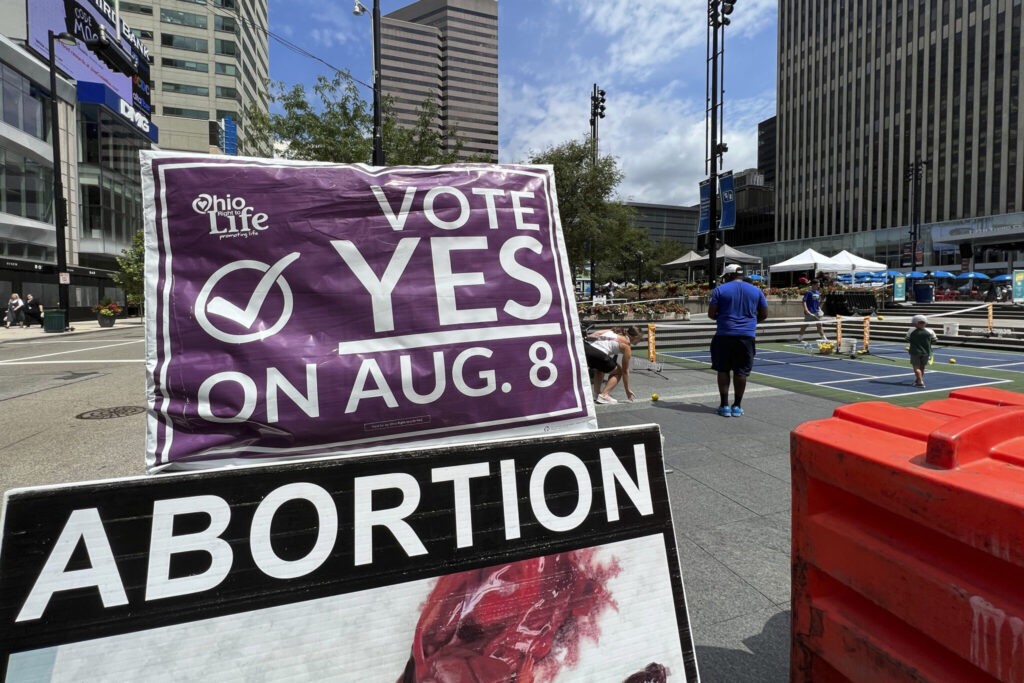A Tuesday special election in Ohio puts the state at the center of the abortion rights debate – even though the issue isn’t technically on the ballot. At stake are the rules for amending the state constitution in the future. The question on the ballot, known as Issue 1, asks whether Ohio voters should be able to change the constitution with a simple majority vote or whether it should take a higher, 60% majority threshold. If Issue 1 passes (it needs only a simple majority of “yes” voters), it will be in place when a separate measure to enshrine new abortion rights into the constitution is on the ballot in November. To put it more simply: Abortion rights advocates want Issue 1 to fail and anti-abortion advocates want it to pass. The Associated Press has the story:
A Constitutional change before Ohio Voters on Abortion
Newslooks- COLUMBUS, Ohio (AP)
Voters in Ohio on Tuesday are weighing whether to make it more difficult to change the state’s constitution, a decision that will have national implications in the debate over the future of abortion rights in the United States.
The proposal on the ballot, known as Issue 1, would raise the threshold for passing future changes to the Ohio Constitution from a simple majority to 60%. That would raise the bar for another election in November, when voters in the state are scheduled to consider a constitutional amendment that would guarantee access to abortion.
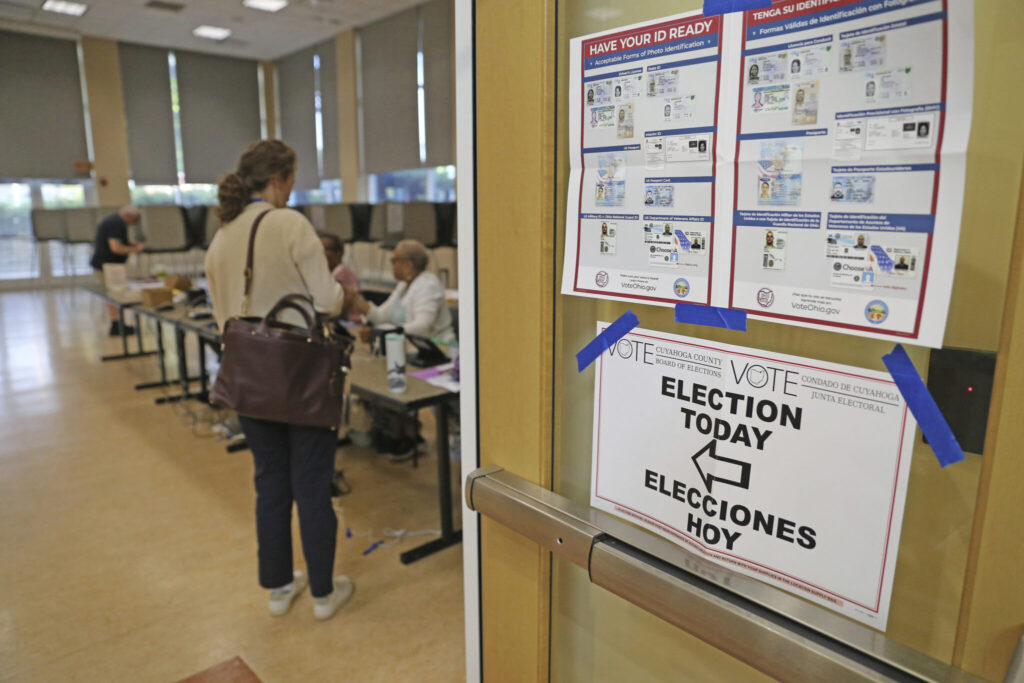
With that in mind, voters are turning out in massive numbers for a summer special election. During the early voting period, which ended Sunday, the number of advance ballots cast hit nearly 700,000, more than double the early vote during primary elections in 2018 and 2022, when high profile races for U.S. Senate and governor were on the ballot.
The vote on Tuesday is poised to become the latest referendum on abortion rights since the U.S. Supreme Court’s decision last year to rescind federal protections for the procedure, creating a state-by-state patchwork of restrictions and bans. Voters in other Republican-leaning states, including Kansas and Kentucky, have responded by protecting abortion access, and the issue helped Democrats limit their losses in last year’s midterm elections.
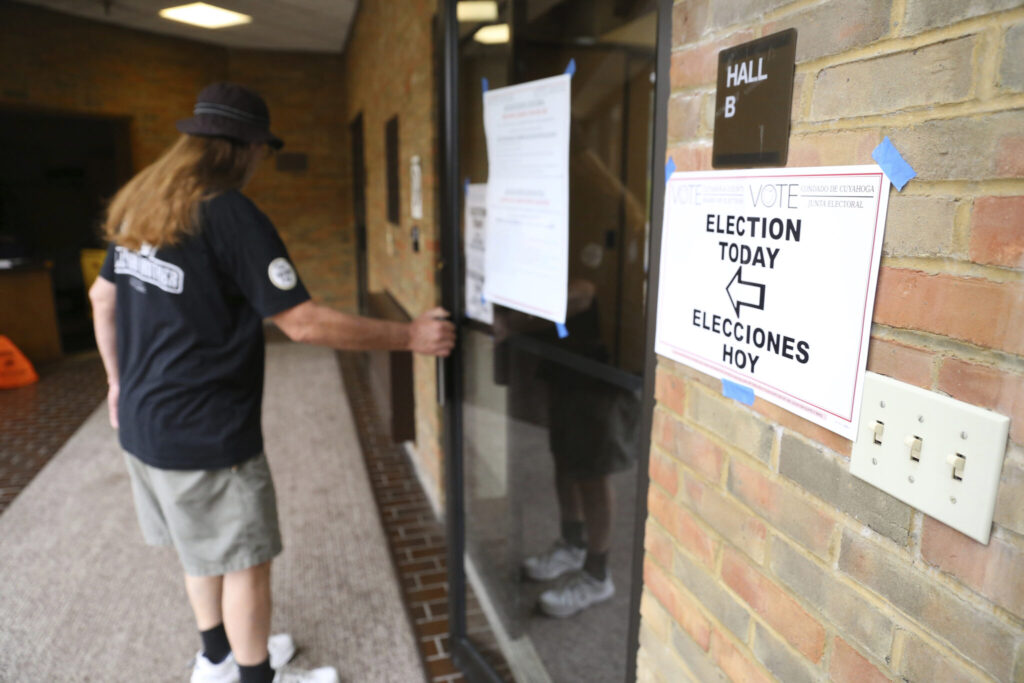
Ohio could be well positioned to join the list of conservative-leaning states moving to protect access to abortion. AP VoteCast polling last year found that 59% of Ohio voters say abortion should generally be legal.
Out-of-state money has poured into both sides of the contest over the 60% threshold, even as both supporters and opponents say one of their main goals is to keep special interests from having more influence over state policy than average Ohioans.
The campaign in favor of Issue 1, Protect Our Constitution, has told voters that raising the threshold will keep deep-pocketed interest groups from pushing redistricting, gun control and minimum wage policies on Ohio. One Person One Vote, the opposition campaign, argues that raising the threshold for passing future amendments would prioritize the interests of Ohio’s increasingly conservative GOP supermajority at the statehouse over those of everyday voters.
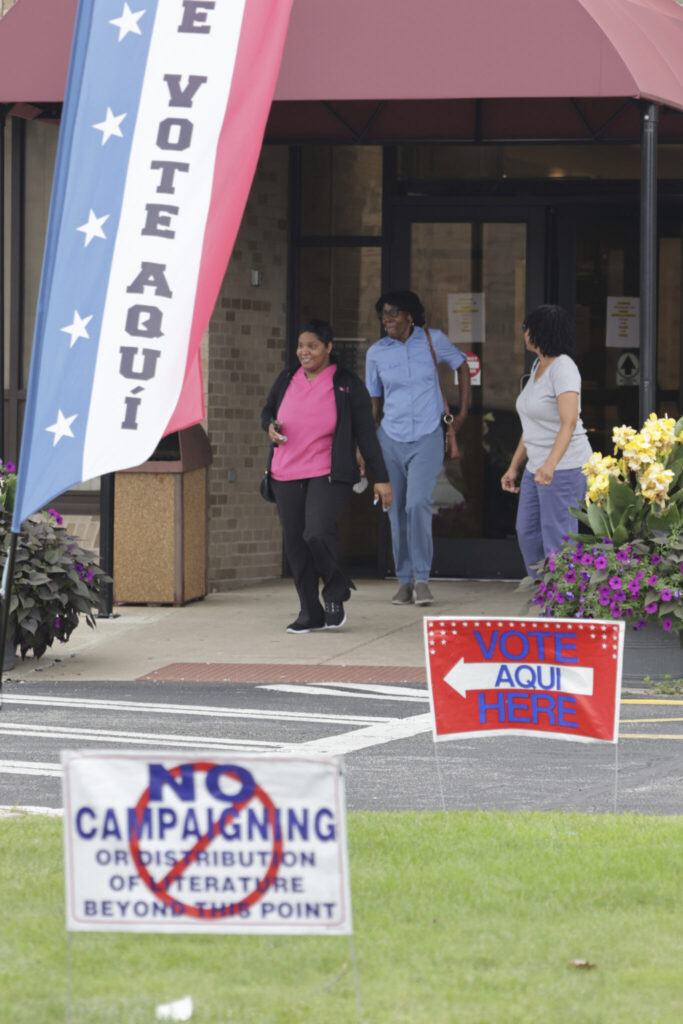
Eric Chon, a Columbus resident, said he voted no on Issue 1. To him and other voters at the polls Tuesday, there’s a clear anti-abortion agenda to the election, as the GOP voted just last year to get rid of August elections entirely due to low turnout for hyperlocal issues. “Every time something doesn’t go their way, they change the rules,” Chon said.
Al Daum, of Hilliard, just west of Columbus, said he doesn’t feel the rules are being changed to thwart his voting. He said he voted yes on Issue 1. Along with increasing the threshold to 60%, the measure would mandate any signatures for a constitutional amendment be gathered from all of Ohio’s 88 counties, not just 44. It’s a change that Daum said would give more Ohio residents a chance to make their voices heard.
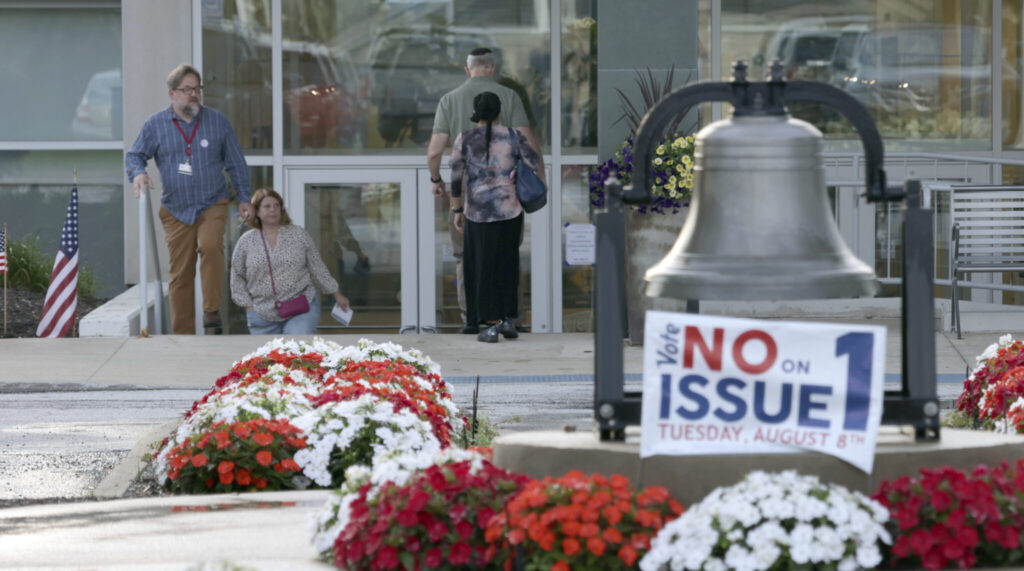
But abortion rights are at the epicenter of the fight, as Ohio and other states have been given control of their on abortion policies following the Supreme Court overturning Roe v. Wade last summer. Ohio’s ban on most abortions had been placed on hold under Roe and then allowed to take effect briefly after the court overturned it. Since then, it has been frozen again while a challenge alleging it violates the state constitution plays out.
The abortion amendment would give individuals the right to make their own reproductive health care decisions, including on contraception, fertility treatment, abortion and miscarriage care, until a fetus is viable outside the womb.
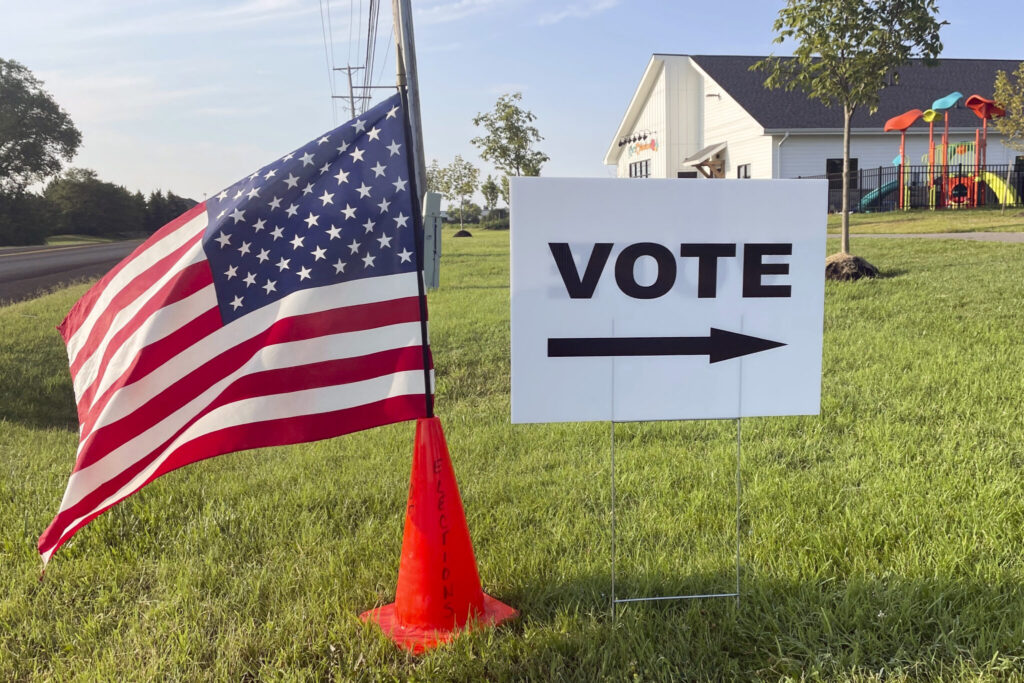
At the same time, a broad bipartisan coalition opposes Issue 1 for other reasons. Former Ohio governors and attorneys general of both parties have come out against the constitutional change, calling it poor public policy. If passed it would reverse 111 years of direct democracy that has the potential to affect future citizen-led ballot efforts.
Protect Women Ohio, the campaign against the fall abortion question, has spent millions of dollars on the August election — airing ads suggesting the measure not only codifies abortion, but could pressure children into receiving gender-affirming care and undercut parental rights.
Several legal experts have said there is no language in the amendment supporting the ads’ claims, but it follows a pattern through this election cycle of misinformation and fear-mongering being used to sway voters.
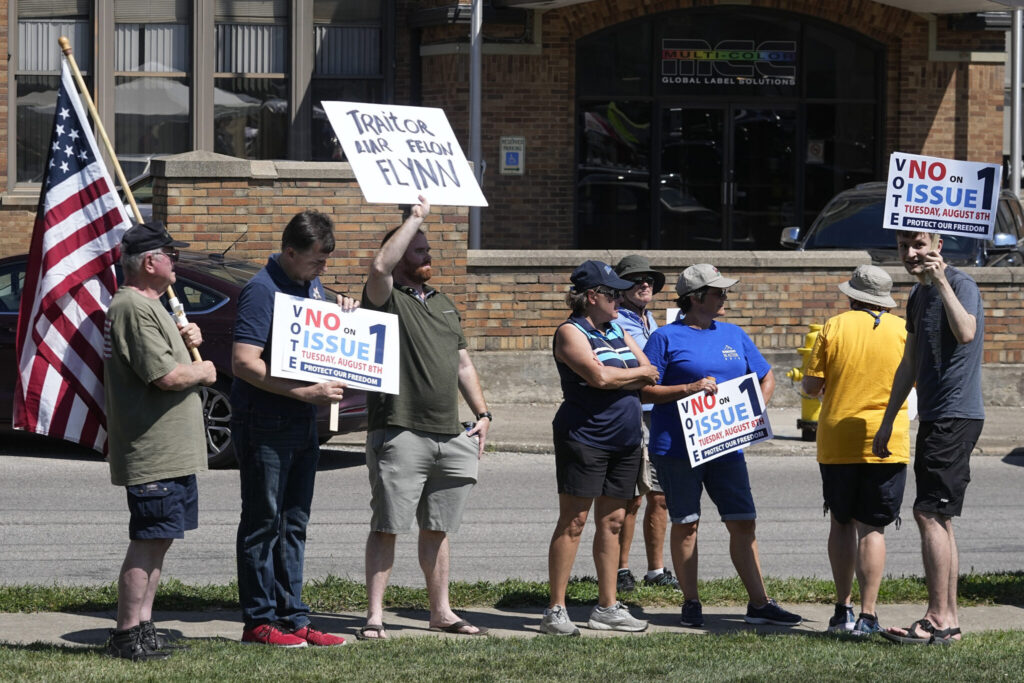
Issue 1 opponents have aired ads and mobilized a large coalition, including voting rights, labor, faith and community groups, as well as the state Democratic Party.
It was because of chronically low turnout that lawmakers voted just last year to scrap summer elections, prompting an unsuccessful lawsuit alleging this year’s August special election violated the new law and calling further into question if it was brought back solely to thwart abortion rights for Ohioans.

